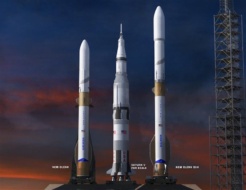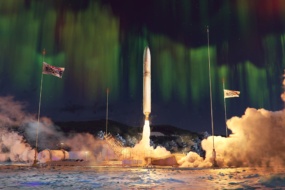BryceTech’s latest quarterly launch briefing is out. We read these reports, then reread them, and then drill each slide like it’s a flashcard, so that all the data is etched into our memories. Without further ado, BryceTech’s Q4 orbital launch data:
- China Aerospace Science and Technology Corporation (CASC) led Q4 ’21 with 15 launches.
- SpaceX had eight launches, Roscosmos had seven, Arianespace had six, and ExPace had three.
- Rocket Lab, ULA, and Mitsubishi Heavy Industries each conducted two launches.
- Rounding out the pack with one launch in Q4: Astra, the Iranian Space Agency, Galactic Energy, JAXA, and the Korea Aerospace Research Institute (KARI).
Home base: If you slice up trips to orbit by nationality, Chinese providers conducted 38% of Q4 launches, while US-based companies accounted for 26%…followed by Russia at 14%, Europe at 12%, and Japan at 6%.
Mass class: The above data helps us understand launch cadence, but let’s not forget upmass, a good proxy for launch capacity. On that front, SpaceX led Q4 with 63,400 kg of spacecraft upmass, followed by CASC at 51,000 kg. Roscosmos and Arianespace’s Q4 upmass were 37,350 kg and 29,812, respectively.
Spacecraft breakdown:
- Use cases: 74% communications (thank the mega-constellations for that), 10% “development,” 9% remote-sensing, 2% crew and cargo transport, 2% scientific, 2% navigation, and 2% “other.”
- Users: 78% commercial, 10% civil government, 7% military, and 5% nonprofit.
+ Q3 comps: CASC led in orbital launches and upmass in the third quarter of 2021. At the time, Elon Musk noted that “China launch mass to orbit is extremely impressive.”
More recently, Space Force chief Gen. David Thompson said China was developing space capabilities at twice the US’s speed. He didn’t go into specifics, nor did he call out upmass. But we think that upmass will is the key metric for industry players, space programs, and newsletter writers to watch on a year-to-year (or even quarter-to-quarter) basis.




